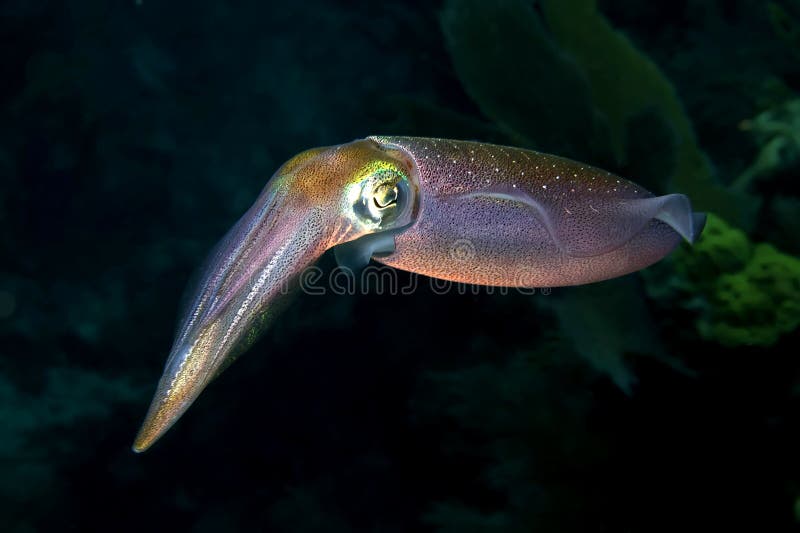

They are native to Mexico’s warm waters and South America’s tip (nearer to Peru). As a result, few studies exist on these mysterious sea creatures. The Humboldt squid lives in the ocean’s depth, from 200 to 700 meters deep (660 to 2,300 feet).

Habitat Where does the Humboldt squid live? So, the human eye is unable to identify these tiny eggs. The Humboldt squid eggs are gelatinous and transparent, and masses of their eggs float freely in the water. The smaller females lay smaller egg masses (about 1 meter in diameter) than the larger females (3 to 4 meters in diameter). Some female Humboldt squids can lay over 20 million eggs, which is more than any other known squid species. Humboldt squids reproduce through internal fertilization and typically produce at least one million eggs in a single batch. During most of their relatively short life, they can reproduce over a dozen times. They also rapidly grow after they are born, from around one millimeter to possibly more than a meter within a single year. Photo Credit: Lifespan & Reproductionįor a seemingly powerful and intelligent marine invertebrate, the Humboldt squid has a lifespan of only one to two years. For example, when under attack by fishers and predators, they become aggravated and aggressive and turn into a bright red color.
#Castaway paradise blue flying squid skin
Specific skin colors and lights are believed to elicit different meanings and are used in various combinations as if they have their own language. With the Humboldt squid’s ability to color change and produce light, they can easily camouflage and effectively communicate in the dark.Īdditionally, researchers have found around 28 colors that the Humboldt squid can change to as part of their communication pattern. This unique characteristic helps them to generate light (photophores). Not to mention, this vastly magnificent sea creature also has bioluminescent organs. They have a unique pigment cell called chromatophores that help them change their skin color and texture, and the speed of the color transition occurs so quickly that the human eye is unable to see it. Moreover, the Humboldt squid can rapidly change color like other cephalopods (i.e., octopuses and other squid relatives). These powerful suckers help them to grab, grip, and tear apart their prey. Each arm contains about 100 to over 200 barb-like hooked suckers. The Humboldt squid’s tentacles are also tough on the exterior and double-walled. Photo Credit: NOAA/CBNMS Physical Characteristics & ColorĪ Humboldt squid has a mantle, which takes up most of its body mass, two fins (wings), ten arms and tentacles, and a cone-shaped head with two eyes and a beak.Īmong its ten tentacles, two arms are longer and for feeding. Typically, the adults reach a mantle (body) length of 4 feet and 11 inches (1.5 meters). Characteristics & Appearance Weight & LengthĬonsidered to be the largest of the Ommastrephid squid family, the Humboldt squid can grow up to 8 feet and 2 inches long (2.5 meters) and weigh up to 100 pounds (50 kilograms).


 0 kommentar(er)
0 kommentar(er)
